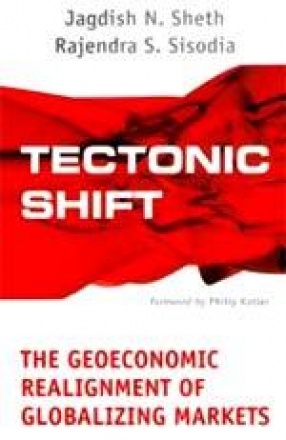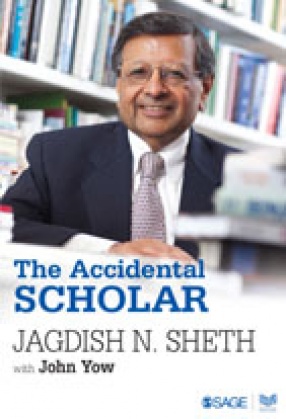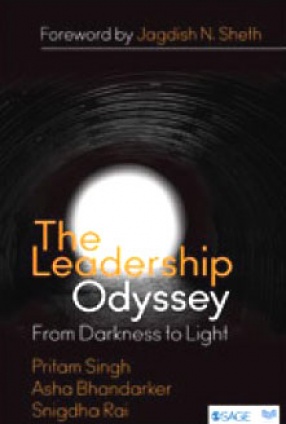Tectonic Shift: The Geoeconomic Realignment of Globalizing Markets
Synopsis
This book presents an optimistic and practical view of the future that is predicated on strengthened relationships between developed and developing countries that are based not on charity but on enlightened self-interest. We propose that the best way forward (i.e. the one that will generate the most prosperity for the largest number of people) lies in such ‘North-South’ integration. Moreover, this is most likely to be successful in the context of regional integration (though in some cases, countries that offer a strong strategic fit but are geographically distant will join a regional economic union), and will result in the formation of three huge regional economies bound together through the glue of free trade, a common currency, shared values, and shared developmental priorities and institutions. Tectonic Shift represents a continuation of the journey started by Commanding Heights, Daniel Yergin and Joseph Stanislaw’s masterful recounting of the economic history of the 20th century. We offer a plausible scenario for how the global economy is likely to evolve in the first few decades of the 21st century. In many ways, the 20th century was hijacked by ideology: communism, Nazism, World War II, the Vietnam and Korean wars, the Cold War. The 20th century was an historical oberration in that it witnessed, first, a US domination of the world and, second, a bifurcation of the world into two opposing camps. The 21st century, we believe, will be characterized by a much higher degree of pragmatism and more uniform distribution of power. As the world population matures and stabilizes in the 21st century, the gross domestic product (GDP) of countries will grow only slowly. Economic growth and vitality will depend more than ever on renewed growth in trade.
Read more
25.20
22.68
$
28.00 $
Free delivery Wolrdwidе in 10-18 days
Ships in 1-2 days from New Delhi
Membership for 1 Year $35.00
Get it now and save 10%
Get it now and save 10%
BECOME A MEMBER











Bibliographic information
Rajendra S. Sisodia